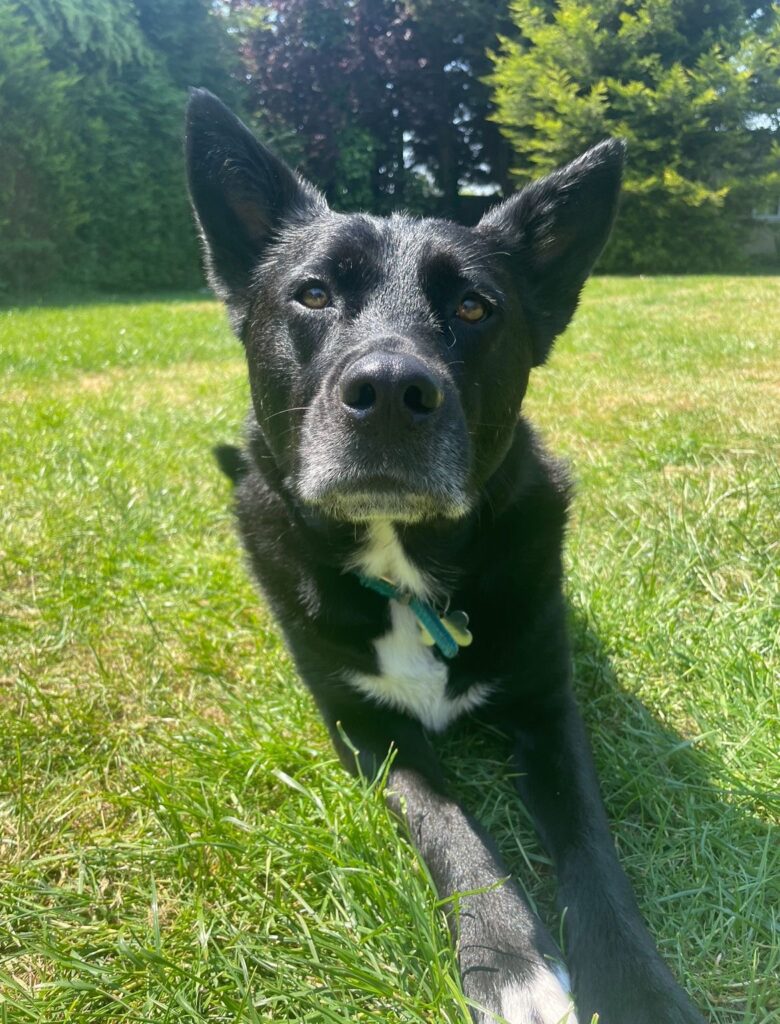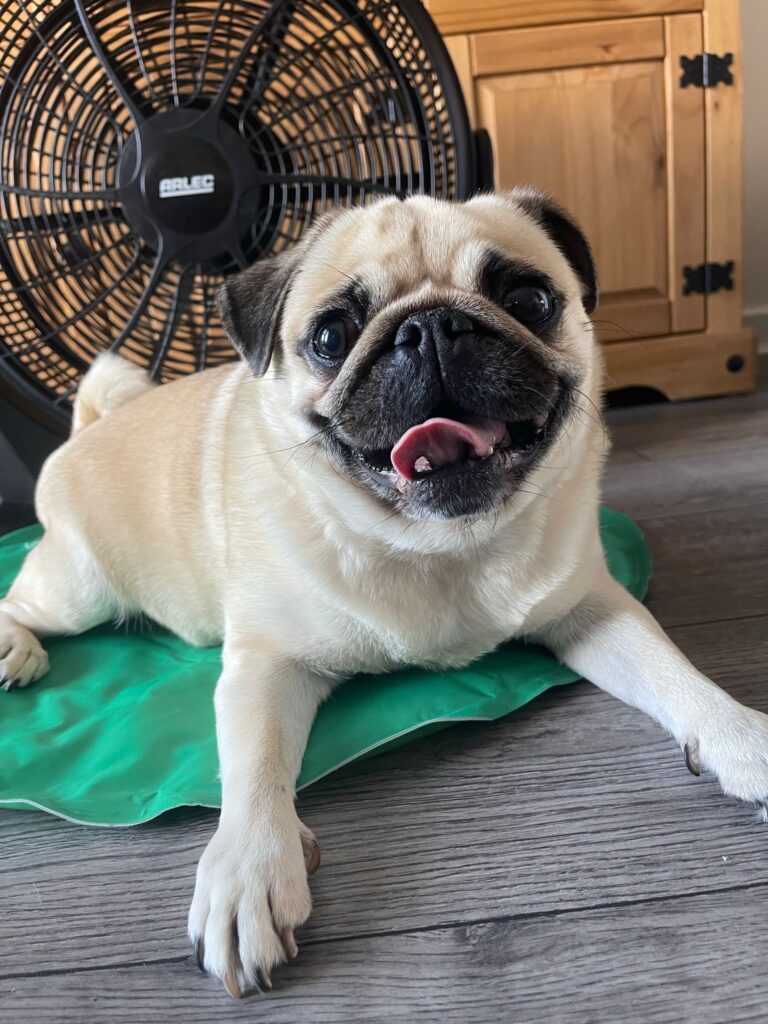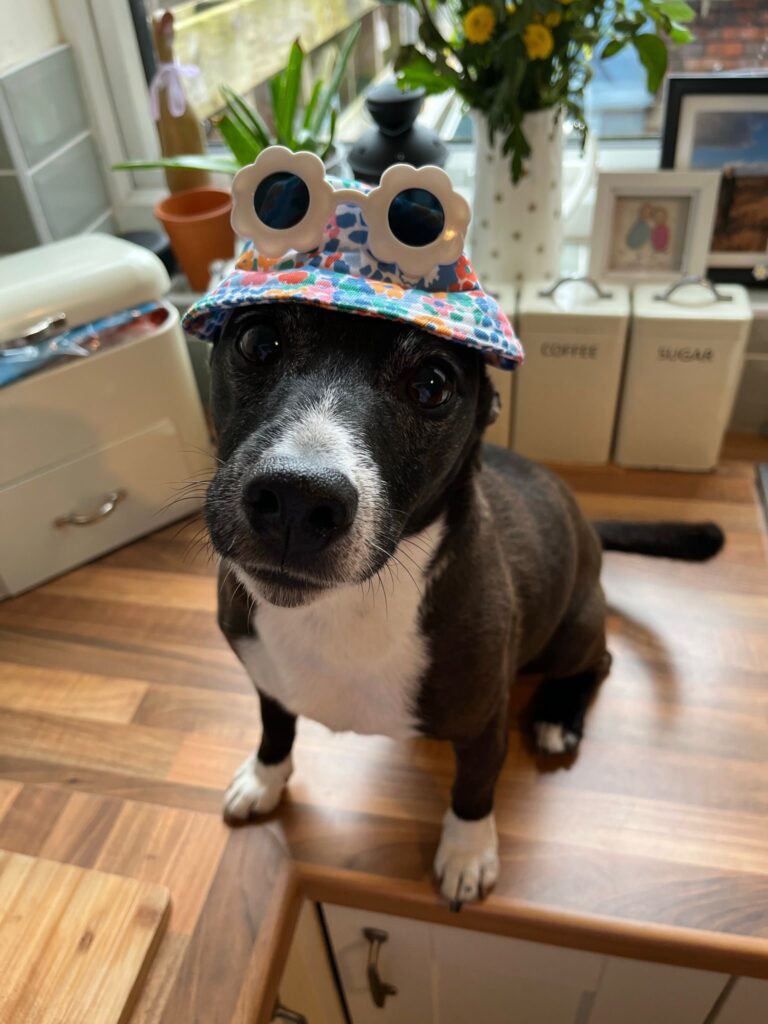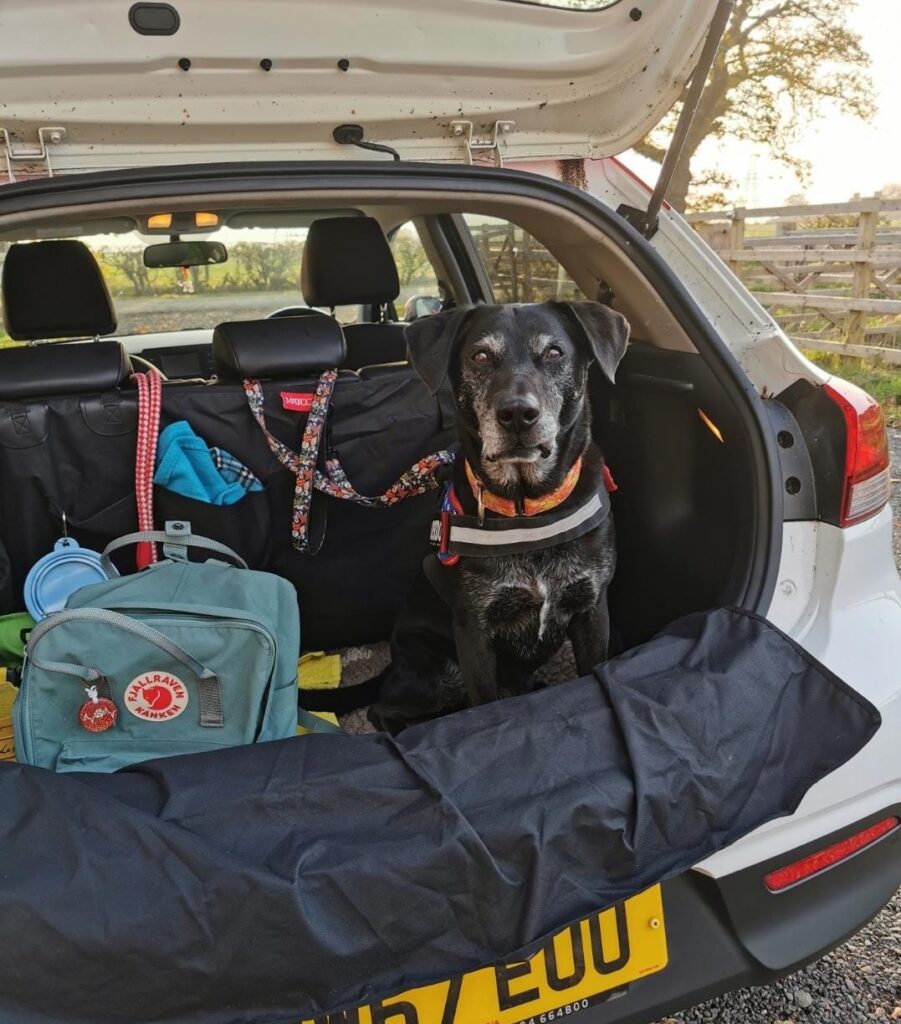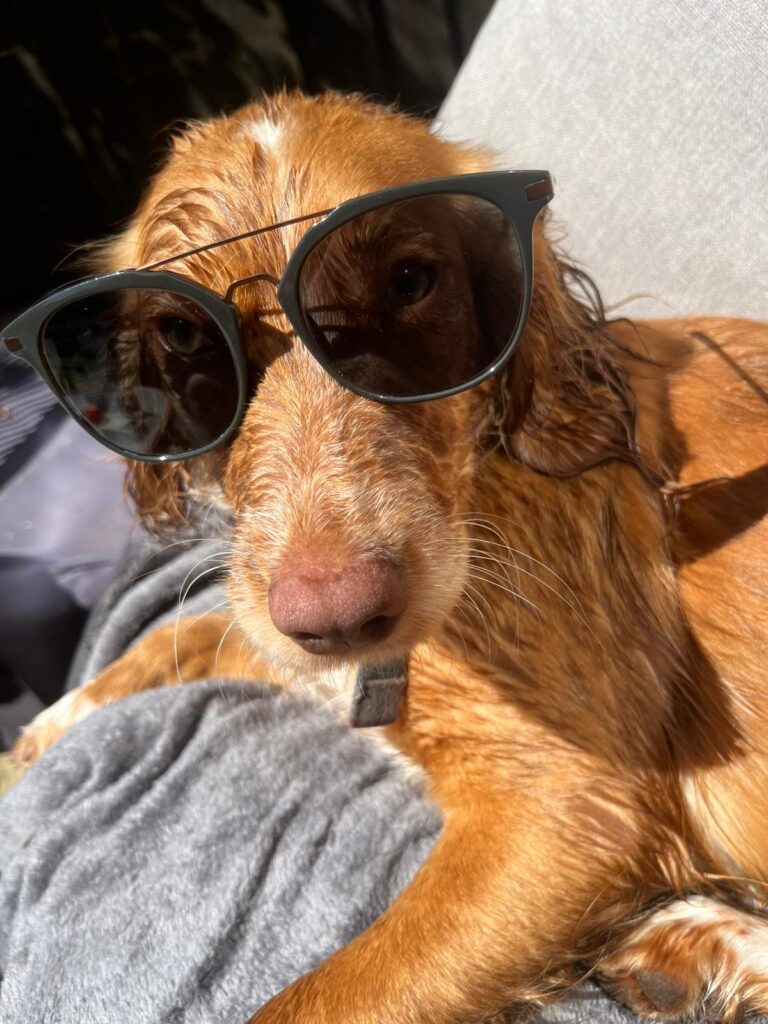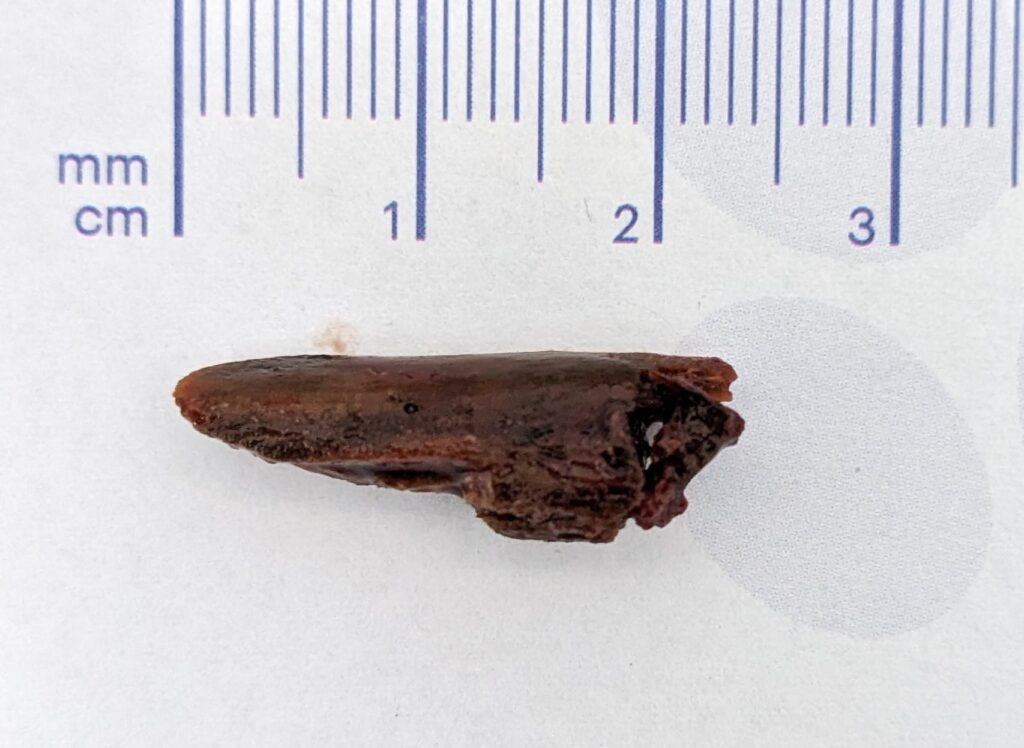In the warmer summer months, our pets are at increased risk of developing heat stroke, although, it is important to remember that heat stroke can occur at any time of year.
What is heat stroke?
Heat stroke, also known as hyperthermia, is a life-threatening condition where your pet’s body temperature rises significantly enough that they become unable to regulate it themselves. Dogs and cats can’t tolerate high temperatures as well as people can – they can only sweat via hairless areas such as their paws, so they primarily rely on panting to cool themselves down.
What causes heat stroke?
Even just going for a short, gentle walk on a hot day can be enough to cause heat stroke. Exposure to a warm, humid or poorly ventilated environment is another common cause. Animals can also develop heat stroke even when the weather isn’t ‘hot’ if exercising excessively.
Animals that are overweight, flat-faced, have thick coats or are very young/old are even more susceptible to heat stroke.
What are the signs of heat stroke?
- Heavy panting
- Difficulty breathing
- Lethargy
- Confusion
- Vomiting
- Collapse
- Drooling
What should you do if you suspect heat stroke?
Act quickly – heat stroke can progress very quickly
Cool first, transport second. Move the animal to a cool, shaded area. If the animal is young and healthy, immerse in cold water (e.g. in a bath or paddling pool)If the animal is old, unwell or you aren’t able to immerse the animal, continuously apply water of any temperature that is cooler than the animal (e.g. using a hose pipe, jug or sponge if water is limited) alongside increasing air movement with a breeze, fan or air conditioning
Do not drape in wet towels as this will trap heat
Once you’ve started cooling at home, phone your vets. Unless told otherwise, it is best to get your pet examined as some more serious effects of heat stroke are not immediately obvious.
Tips to prevent heat stroke
- Ensure your pet has constant access to fresh water and shade
- Minimise exercise in hot weather
- Walk your dog early in the morning or in the evening to avoid the hottest part of the day
- Check the temperature of the pavement before going out – if it’s too hot to hold your hand on, it’s too hot for your pet to walk on!
- Remember, missing a walk won’t kill your dog, but walking in the heat might
- Never leave your pet alone in a car or hot rooms, such as conservatories
- Keep your pet a healthy weight
- Get your pet’s fur clipped if recommended for their breed
Any concerns about heatstroke, follow the above advice and phone us immediately on 01606 880890 or 01606 717969

